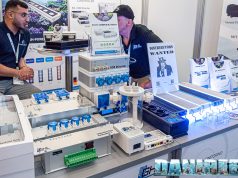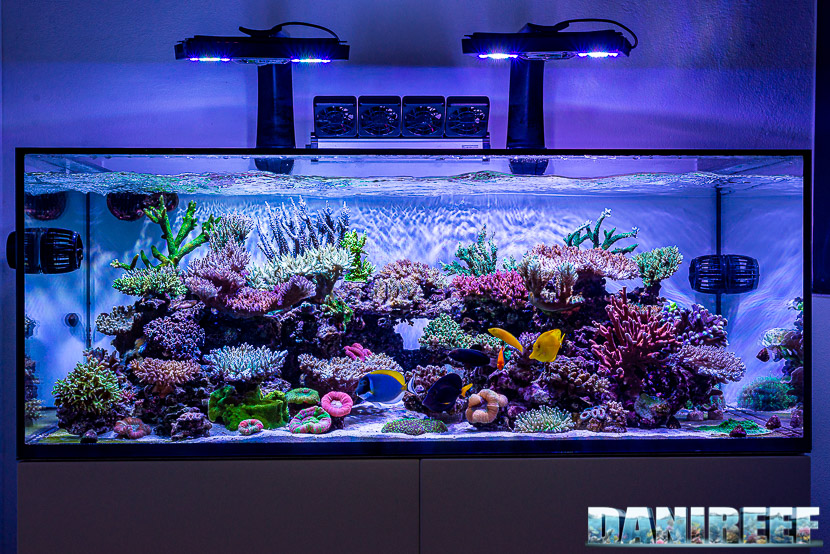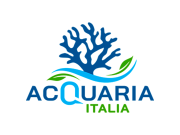
If I had to choose something I couldn’t resist, it would be having a computer in my own aquarium. After trying for a long time Aqua go by 3lements and seeing it in action in different aquariums I’m ready to do a proper and in-depth review.
This article is also available in: italiano
Aqua go is a computer for aquariums, very powerful and developed. It allows to do practically anything you want, but this doesn’t mean being too complex to be used.
But let’s start from the beginning.
What do you need a controller for?
Trivially, we could say that a controller for aquariums allows to program and set time of certain functions, for example moving pumps or ceiling lights. It also allows to control the functions basing on the reading of probes. For example if the temperature reading is increasing (or decreasing) it activates the heater. And so even with the pH, the Redox and other levels, if you connect the controller to these probes too.
A controller in aquarium can also send us notifications in case there’s a blackout or if the connected probes register levels out of range. A controller allows us to connect remotely to read the values of the probes or to check if everything works properly. And I’m not done! But let’s proceed starting with, as usual, a video presentation of Aqua go.
Our video about the aquarium controller Aqua go
As usual, the video is in Italian, but you can turn the English subs on!
The available Aqua go kits
Aqua go is a very powerful system not only for what it can do but especially for the customization that you can do when you purchase it. There are in fact many kits available, and they differ for the complexity of functions and cost, but it’s also possible to purchase loose pieces.
The Kit Deluxe, the one I chose, includes the following devices (also contained in the picture below):

- Controller Aqua Go with integrated GSM system (included in all the kits);
- Power unit, EXC01 version with 4 multiple sockets, 2 Schucko sockets and sensor connectors (only in the Deluxe kit, otherwise it’s sold with 4 multiple sockets);
- Temperature probe (included in all the kits);
- pH probe (included also in the Premium kit);
- 4 level sensors (the Base kit has 1 and the Premium has 2);
- Black out sensor (only in the Deluxe kit);
- Flooding sensor (only in the Deluxe kit);
- Connection cable aquaComm (included in all the kits);
- USB interface for the connection with the PC (only in the Deluxe kit);
- Room temperature sensor (only in the Deluxe kit);
- Buffer battery (included in all the kits);
The Deluxe version of Aqua Go costs 569 euro, the Premium costs 449 euro and the Base costs 299 euro. Obviously, not all the accessories can be purchased separately. I added the wifi kit to connect Aqua Go to the wifi when it became available.
But we have a discount!!!
Thanks to 3lements we have the opportunity to a discount code to purchase Aqua Go at an incredible price. Go to our page “discount for DaniReef users” and you can enjoy these special prices: Aqua Go Deluxe version at 499 euro, Premium version at 349 euro and the Base version at 275 euro.
The functioning and the design of Aqua go
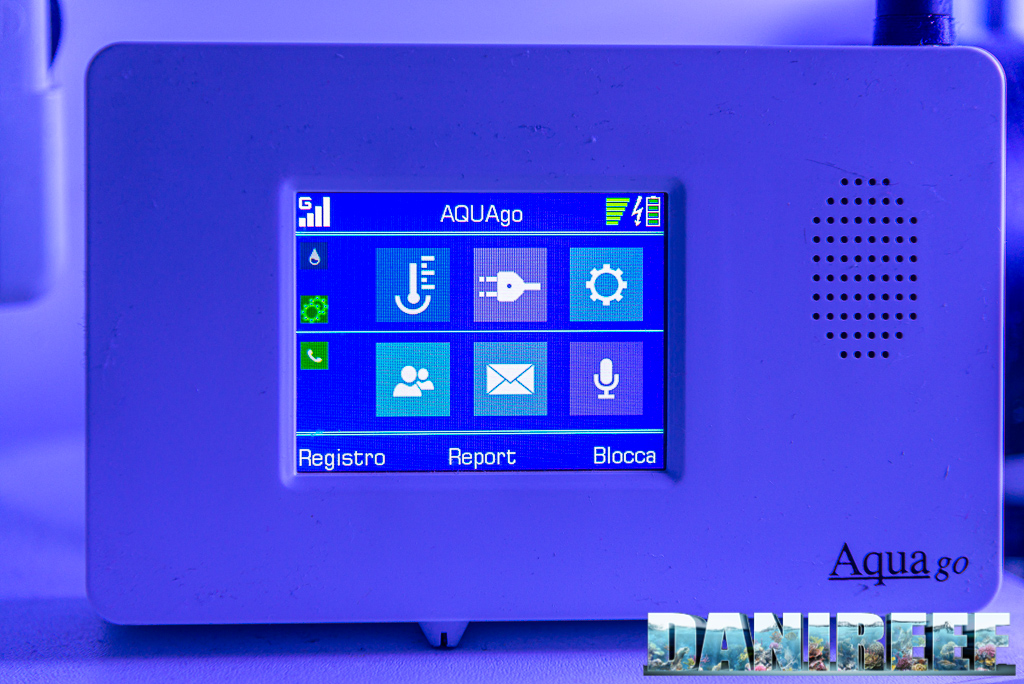
The system has different objects connected to two main kinds: outlets (the big central icon) and sensors (big icon on the left). Then there are the associations between outlets and sensors in the third icon on the right.
In the second row there are the users, the text messages and the vocal messages to send to the users.
The small icons on the sides are the macro (icon with the drop) and the settings (icon with the gears). With the macro you can activate many interesting functions, for example the water change and the coral feeding. The water change turns of the return pump, the skimmer and the refill pump, then all these utilities come active again at a time decided by the user.
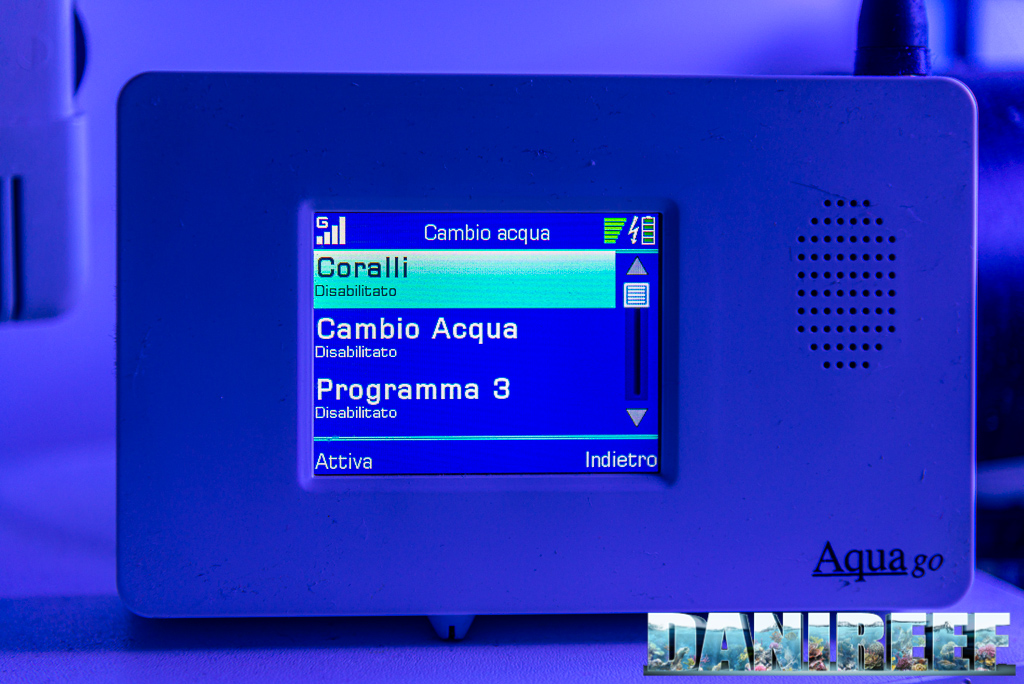
It’s also very interesting that you can associate different activities. For example, I made the skimmer to be turned only if the return pump is also on. And that in case the pump turned off and then on again the skimmer would turn on after 3 minutes. This way the water level wouldn’t be too high and the skimmer wouldn’t go in overfoaming.
Another very interesting thing is the interaction that you can create with the level sensors. Sure, you have the classic use: if the level gets too low, it activates the refill pump. You also have the bonus that they’re optical sensors, so they’re out of the water, so they won’t get damaged by snails or scales. But if you purchase also the floating sensor you can insert it in the skimmer and turn it off if the glass is too full. Isn’t it wonderful?
The blackout managing
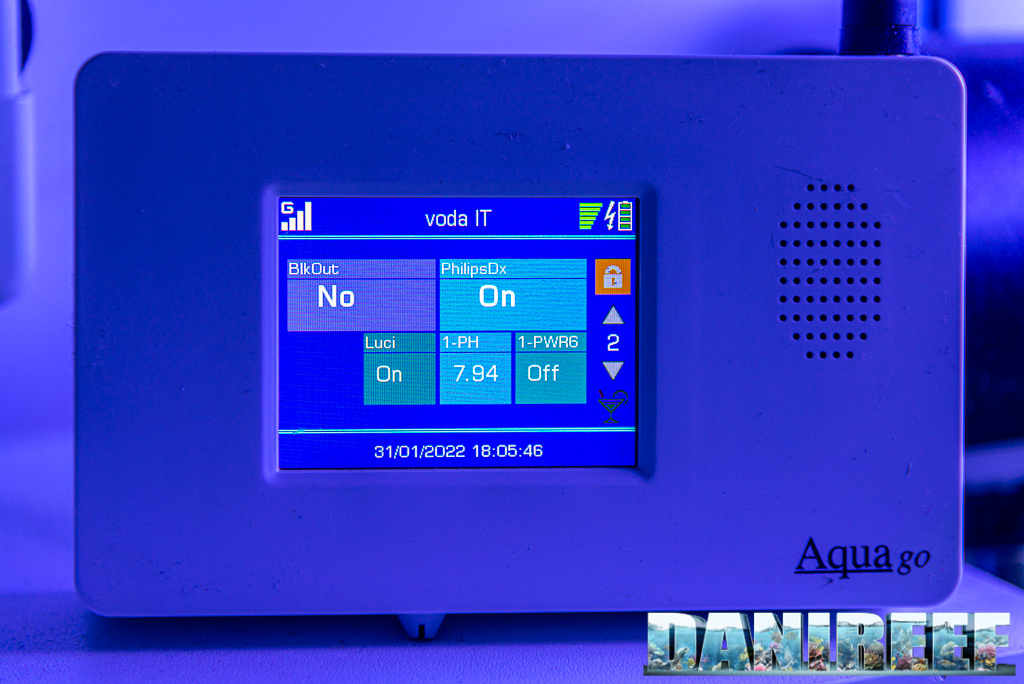
Aqua go manages the blackout very cleverly, even if it’s a bit complicated to understand at first. If you purchase the Deluxe kit you’ll get this blackout sensor that has to be connected to a power socket that ISN’T a UPS. So, if there was a blackout the dedicated sensor, which is a small processor that comunicates with the base unit, would signal the power outage, then would come the notifications.
But the most important thing is that the system, aknowledging the power outage and being connected to a UPS, would enter in blackout mode. We can choose which utilities have to remain on (I choose the return only) and which ones should turn on when the power comes again. A great help!
In the previous picture you can see the blackout sensor on off, because there’s power.
Temperature, pH and Redox
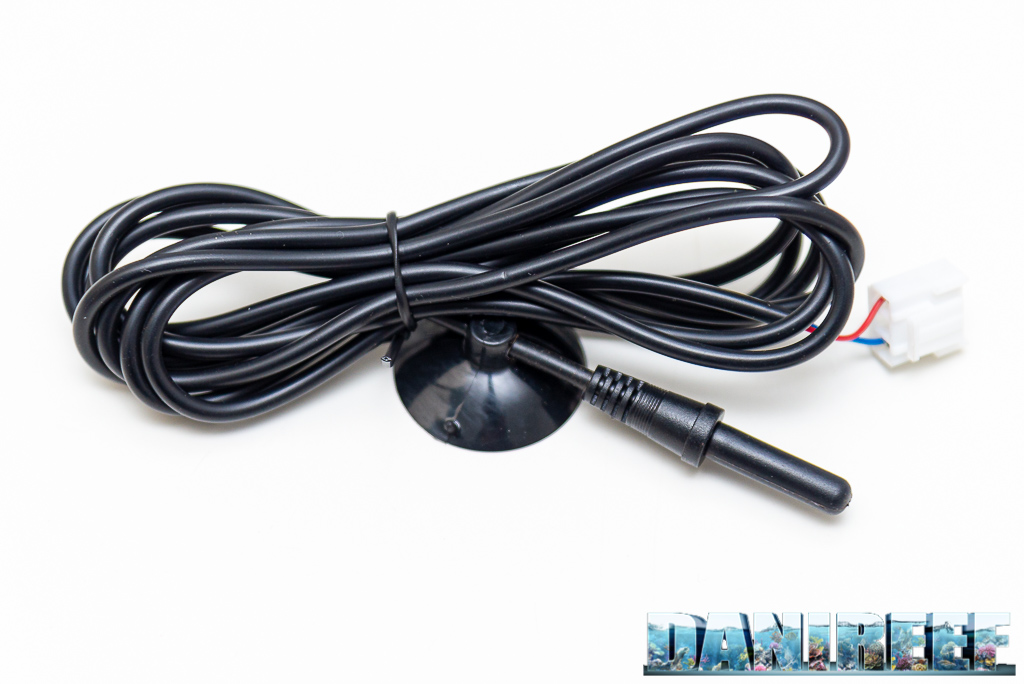
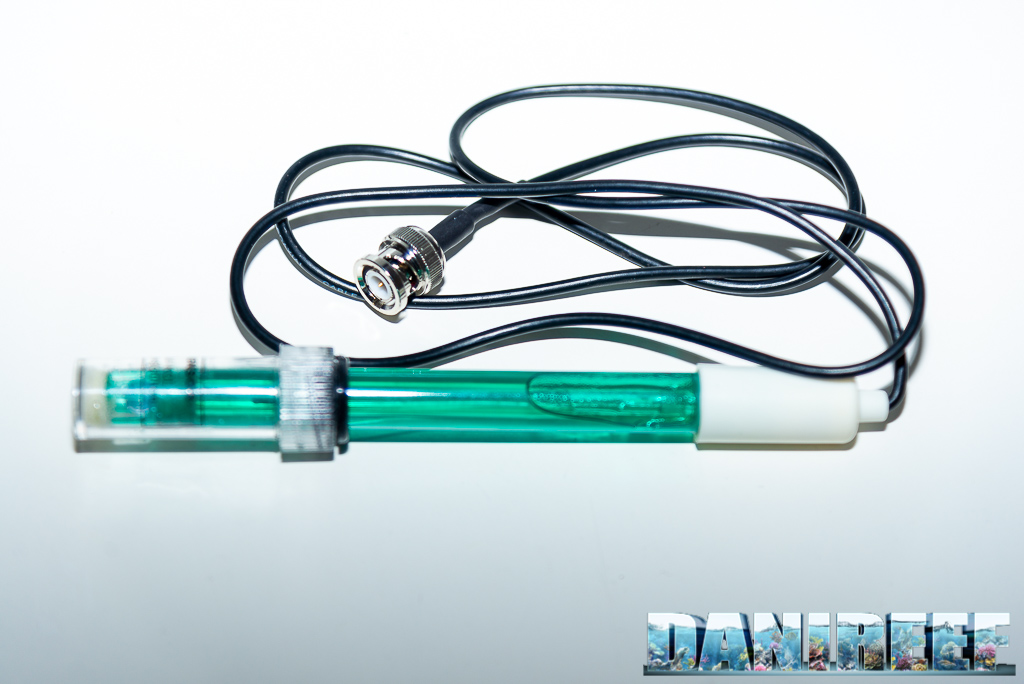
The temperature can be managed almost completely. At first the settings were very simple, but then Jonathan Betti and I insisted to have more possibilities in order to cover any need. It’s possible to define a range of use of the aquarium, which function activate if you go over a chosen value, for example the turn on of the vents, and even another intervention if the level gets even higher, usually the activation of the chiller.
And if the level were to fall under a chosen value you can turn on the heater. But that’s not the end, because you can also indicate other two levels of temperature that alert us through notification. In this case you can set another utility on, but be careful, because this has to be turned off manually, so know this if you want to use this feature.
The pH and Redox set is easier, it has a minimum and a maximum level to choose and which utility to activate.
On page two we talk about the GSM module, the WiFi module, the problems and our conclusions.







